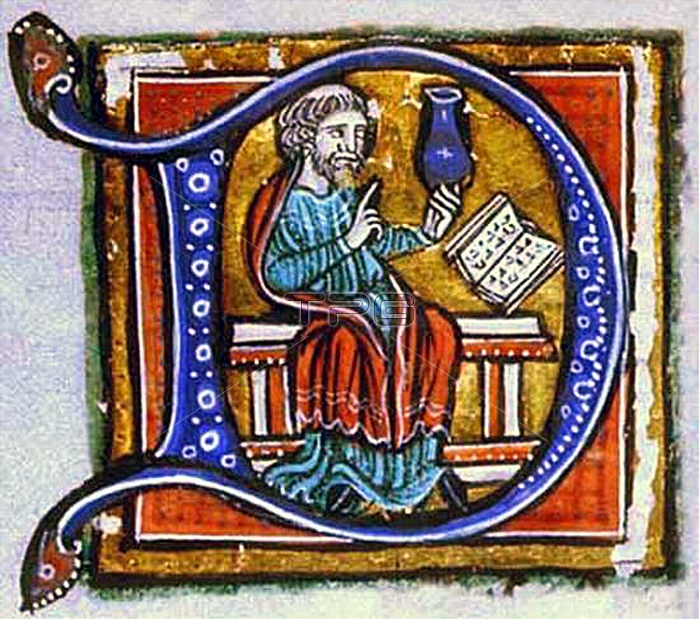
Hunayn ibn Ishaq (also Hunain or Hunein) (809-873) was a famous and influential Assyrian Nestorian Christian scholar, physician, and scientist, known for his work in translating Greek scientific and medical works into Arabic and Syriac during the heyday of the Islamic Abbasid Caliphate. Hunayn ibn Ishaq was the most productive translator of Greek medical and scientific treatises in his day. He studied Greek and became known among the Arabs as the 'Sheikh of the translators'. He mastered four languages: Arabic, Syriac, Greek and Persian. His translations did not require corrections. Hunayns method was widely followed by later translators. He was originally from southern Iraq but he spent his working life in Baghdad, the center of the great ninth-century Greek-into-Arabic/Syriac translation movement. The Isagoge or 'Introduction' to Aristotle's 'Categories', written by Porphyry in Greek and translated into Latin by Boethius, was the standard textbook on logic for at least a millennium after his death. It was composed by Porphyry in Sicily during the years 268-270 CE, and sent to Chrysaorium, according to all the ancient commentators Ammonius, Elias, and David. The work includes the highly influential hierarchical classification of genera and species from substance in general down to individuals, known as the Tree of Porphyry, and an introduction which mentions the problem of universals. Boethius' translation of the work, in Latin, became a standard medieval textbook in European schools and universities, setting the stage for medieval philosophical-theological developments of logic and the problem of universals. Many writers, such as Boethius himself, Averroes, Abelard, Scotus, wrote commentaries on the book. Other writers such as William of Ockham incorporated them into their textbooks on logic.
| px | px | dpi | = | cm | x | cm | = | MB |
Details
Creative#:
TOP27176803
Source:
達志影像
Authorization Type:
RM
Release Information:
須由TPG 完整授權
Model Release:
No
Property Release:
No
Right to Privacy:
No
Same folder images:

 Loading
Loading